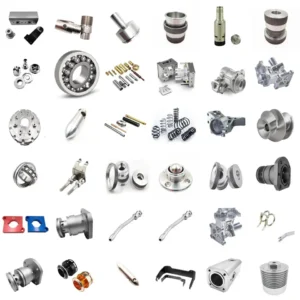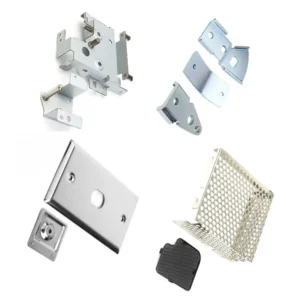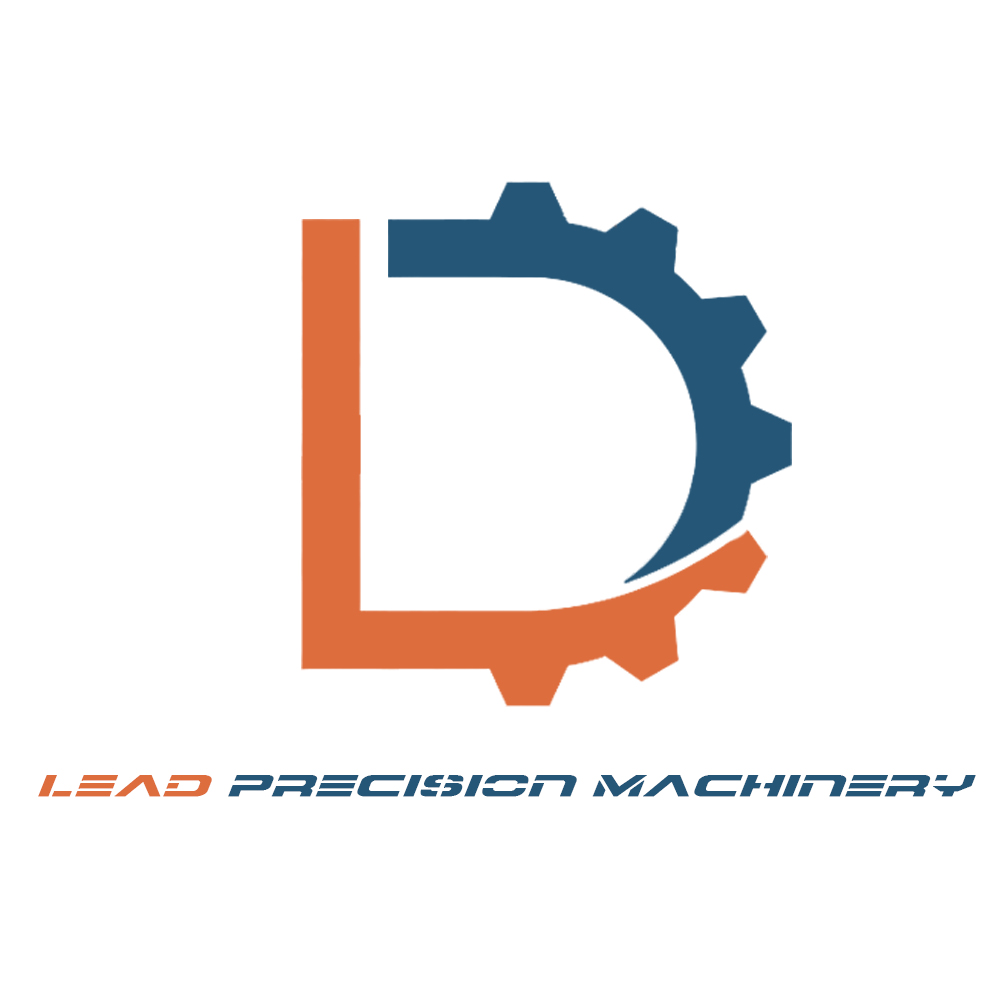Understanding Stainless Steel: An Overview
Stainless steel, often hailed as the ‘miracle metal’, has been a cornerstone in the manufacturing sector for over a century. Its inception dates back to the early 20th century when metallurgists sought a corrosion-resistant solution for various applications. Today, stainless steel stands as a testament to innovation, finding its place in everything from kitchen utensils to aerospace components.
The allure of stainless steel lies in its unique properties. It’s not just about its shiny, aesthetically pleasing surface; stainless steel combines durability with malleability, making it a versatile choice for manufacturers. Its resistance to rust and staining is particularly noteworthy, attributed to the addition of chromium. When exposed to oxygen, chromium forms a passive film of chromium oxide, preventing further surface corrosion and blocking corrosion from spreading into the metal’s internal structure.
But what truly sets stainless steel apart is its adaptability. Depending on its composition and treatment, stainless steel can be made softer, harder, or more resilient. This adaptability allows manufacturers to tailor the metal to specific needs, making it a preferred choice for a myriad of applications.
In the realm of custom stainless steel parts, the demand has surged, especially in industries seeking precision and durability. From automotive to healthcare, the applications of stainless steel are vast and varied, testament to its unparalleled versatility.
This section provides a foundational understanding of stainless steel, setting the stage for deeper dives into its types, applications, and the role of manufacturers like Wuxi Lead Precision Machinery. The subsequent sections will further explore these facets, providing readers with a comprehensive understanding of custom stainless steel parts.


The Different Types of Stainless Steel and Their Applications
Stainless steel, while universally recognized, is not a one-size-fits-all material. Its versatility stems from the various types and grades available, each tailored for specific applications and environments. Let’s delve into the primary types of stainless steel and understand their unique characteristics and uses.
Austenitic Stainless Steel
Arguably the most widely used type, austenitic stainless steel is recognized by its 200 and 300 series numbers. Its microstructure primarily consists of austenite, which is formed by the addition of nickel.
Common Types:
1Cr18Ni9Ti(321)
0Cr18Ni9(302)
00Cr17Ni14M02(316L)
Advantages:
Excellent weldability, ensuring seamless integration in larger structures.
Good plasticity, allowing for intricate designs and shapes.
Superior deformation resistance, ensuring durability under stress.
Stability under various temperatures.
Easy passivation, enhancing corrosion resistance.
Disadvantages:
Sensitivity to chloride-containing solutions, making it prone to stress corrosion in specific environments.
Applications: Given its excellent corrosion resistance, it’s commonly used in kitchen equipment, chemical processing plants, and architectural facades.
Ferritic Stainless Steel
Identified by the 400 series numbers, ferritic stainless steel is characterized by a ferrite microstructure. It boasts a chromium mass fraction ranging between 11.5% and 32.0%, giving it its distinct properties.
Common Types:
1Cr17(430)
00Cr12
Cr17Mo2Ti
Advantages:
High chromium content, ensuring robust corrosion resistance.
Excellent thermal conductivity, making it suitable for heat-exchange applications.
Better stability across a range of temperatures.
Disadvantages:
Inferior mechanical properties compared to other types.
Limited process performance, making it less versatile in manufacturing.
Applications: Due to its thermal properties, it’s often used in automotive applications, especially in exhaust systems.
Martensitic Stainless Steel
Also falling under the 400 series, martensitic stainless steel is known for its martensite microstructure. This type is particularly unique due to its ability to be hardened through heat treatment.
Common Types:
1Cr13(410)
2 Cr13(420)
3 Cr13
Advantages:
High carbon content, resulting in exceptional hardness.
Ability to be strengthened and hardened through heat treatments.
Disadvantages:
Limited plasticity, making it less malleable.
Challenges in weldability, requiring specialized techniques.
Applications: Given its hardness, it’s a preferred choice for surgical instruments, cutlery, and turbine blades.
In the vast world of stainless steel, understanding these types is crucial, especially when customizing parts for specific applications. Whether you’re looking for corrosion resistance, hardness, or thermal conductivity, there’s a type of stainless steel tailored for your needs. And with manufacturers like Wuxi Lead Precision Machinery at the forefront, sourcing high-quality custom stainless steel parts has never been easier.
In the next section, we’ll delve deeper into the role of Wuxi Lead Precision Machinery in the realm of stainless steel manufacturing, highlighting their expertise, range of offerings, and the unique value they bring to the table.
The Role of Wuxi Lead Precision Machinery in Stainless Steel Manufacturing
In the intricate world of stainless steel manufacturing, having a trusted partner is paramount. Wuxi Lead Precision Machinery, with its rich legacy and commitment to excellence, has emerged as a beacon for businesses seeking top-tier stainless steel parts.
Wuxi Lead Precision: A Legacy of Excellence
Wuxi Lead Precision Machinery isn’t just another name in the manufacturing sector. It stands as a testament to precision, quality, and innovation. With a keen focus on stainless steel parts, the company has carved a niche for itself, offering solutions that are both cost-effective and of the highest quality.
Diverse Stainless Steel Offerings
Wuxi Lead Precision Machinery’s expertise isn’t limited to a single type of stainless steel. They specialize in various stainless steel types, ensuring that businesses have access to parts tailored to their specific needs. Whether it’s the corrosion-resistant Austenitic Stainless Steel or the hard Martensitic variant, Wuxi Lead has the expertise and infrastructure to deliver.
Cutting-Edge Manufacturing Processes
In the realm of stainless steel manufacturing, the process is as crucial as the material itself. Wuxi Lead Precision Machinery employs a plethora of advanced processes to ensure the highest quality of stainless steel parts. From intricate machining and milling to precise turning and drilling, their capabilities are vast. Add to that their expertise in laser cutting, EDM, stamping, sheet metal, and forging, and you have a manufacturing powerhouse at your disposal.
Custom Solutions for Diverse Applications
Understanding that every business has unique needs, Wuxi Lead Precision Machinery offers custom solutions tailored to diverse applications. Whether it’s marine parts, engine components, medical devices, or architectural elements, their custom stainless steel parts cater to a wide array of industries, ensuring precision and durability.
Why Choose Custom Stainless Steel Parts?
In an era where customization is king, opting for custom stainless steel parts offers businesses a competitive edge. Not only do they ensure a perfect fit for specific applications, but they also guarantee optimal performance and longevity.
Benefits of Customization
Precision Fit: Custom parts are tailored to specific measurements, ensuring a perfect fit and optimal performance.
Unique Aesthetics: Customization allows for unique designs, enhancing the aesthetic appeal of the final product.
Cost-Efficiency: While custom parts might seem expensive initially, they offer long-term cost savings by reducing the need for replacements and ensuring optimal performance.
Key Considerations for International Buyers When Sourcing from China
Sourcing custom stainless steel parts from China offers numerous advantages, from cost savings to access to advanced manufacturing techniques. However, international buyers must be vigilant to ensure they get the best value for their investment.
Questions to Ask Your Supplier
What types of stainless steel do you specialize in?
Can you provide references or case studies of previous projects?
What quality assurance processes do you have in place?
Ensuring Cost-Effectiveness
While sourcing from China can be cost-effective, buyers must ensure they aren’t compromising on quality. It’s essential to strike a balance between cost and quality to get the best value.
Conclusion
The world of custom stainless steel parts is vast and intricate. With numerous types, applications, and manufacturing processes, businesses have a plethora of options at their disposal. And with trusted partners like Wuxi Lead Precision Machinery, sourcing high-quality, custom stainless steel parts has never been more accessible or efficient. Whether you’re a seasoned buyer or just starting, understanding the intricacies of stainless steel and the value of customization can set you on the path to success.
FAQ (Frequently Asked Questions) Tips
Q1: What are the primary differences between Austenitic, Ferritic, and Martensitic Stainless Steel?
Answer: Austenitic stainless steel is known for its excellent weldability and is identified by the 200 and 300 series. Ferritic stainless steel, recognized by the 400 series, boasts excellent thermal conductivity. Martensitic stainless steel, also under the 400 series, is unique for its hardening properties through heat treatment.
Q2: Why is stainless steel preferred for manufacturing parts in various industries?
Answer: Stainless steel offers a combination of durability, corrosion resistance, and versatility. Its unique properties, such as resistance to rust and staining, make it a preferred choice for applications ranging from kitchenware to aerospace components.
Q3: How does Wuxi Lead Precision Machinery ensure the quality of its stainless steel parts?
Answer: Wuxi Lead Precision Machinery employs advanced manufacturing processes and rigorous quality assurance protocols. They specialize in various stainless steel types and utilize processes like machining, milling, turning, and more to ensure precision and quality.
Q4: Is customizing stainless steel parts more expensive than opting for standard parts?
Answer: While custom parts might have a higher initial cost, they offer long-term savings. Custom parts ensure a perfect fit, optimal performance, and reduced need for replacements, leading to cost-efficiency in the long run.
Q5: What should I consider when sourcing custom stainless steel parts from China?
Answer: When sourcing from China, consider the type of stainless steel, the manufacturing processes employed, the supplier’s reputation, and quality assurance measures. It’s essential to strike a balance between cost and quality to ensure value for your investment.
Q6: How does stainless steel’s resistance to corrosion impact its applications in various industries?
Answer: Stainless steel’s corrosion resistance makes it ideal for environments where parts are exposed to moisture, chemicals, or saline conditions. This property is especially valuable in marine applications, chemical processing plants, and kitchenware.
Q7: Can I request specific customizations or designs when ordering from Wuxi Lead Precision Machinery?
Answer: Absolutely! Wuxi Lead Precision Machinery specializes in offering custom solutions tailored to diverse applications. Whether it’s a unique design, specific measurements, or a particular type of stainless steel, they can cater to your specific needs.
These FAQs aim to address common queries and concerns that potential buyers and industry professionals might have regarding custom stainless steel parts. Always ensure that you communicate directly with manufacturers or suppliers to get detailed and specific answers tailored to your unique requirements.

